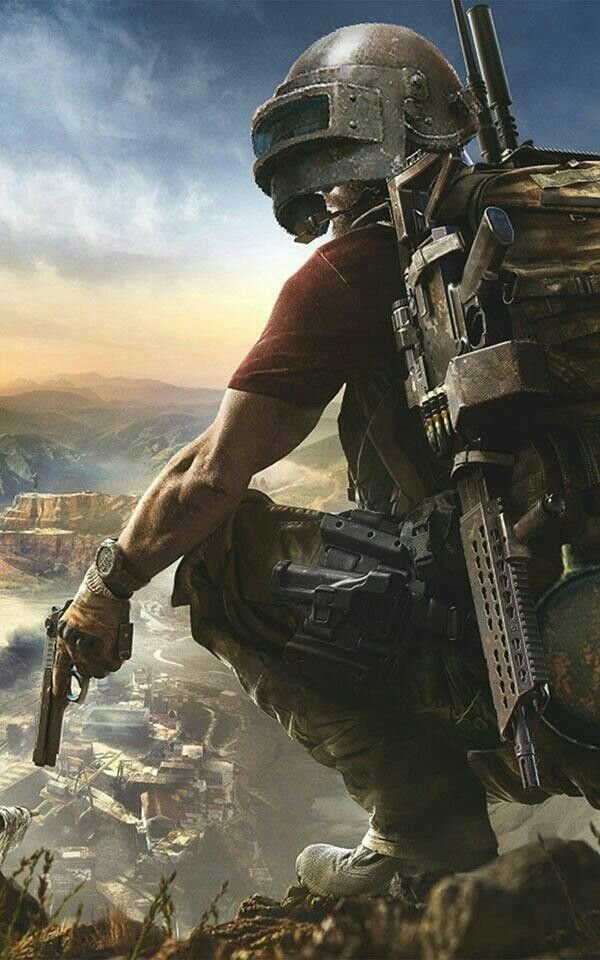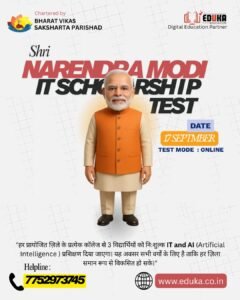A Program in Immersive Design (PID) focuses on the creation of immersive experiences using technologies like virtual reality (VR), augmented reality (AR), and mixed reality (MR). This program typically includes a mix of design principles, technical skills, and practical applications. Below is a detailed outline of such a program, structured to be completed within six months.
Course Duration
- Total Duration: 6 months
- Modules: Each module can range from 2 to 6 weeks
- Total Hours: Approximately 300-400 hours

1. Introduction to Immersive Design
- Duration: 2 weeks
- Topics Covered:
- Overview of immersive technologies (VR, AR, MR)
- History and evolution of immersive design
- Key concepts and terminology
2. Fundamentals of 3D Design
- Duration: 4 weeks
- Topics Covered:
- Basics of 3D modeling
- Texturing and shading
- Rigging and animation
- Creating assets for immersive environments
- Software/Tools:
- Blender
- Autodesk Maya
- 3ds Max
3. Introduction to Immersive Technologies
- Duration: 4 weeks
- Topics Covered:
- VR hardware and software
- AR devices and platforms
- Mixed reality and spatial computing
- Software/Tools:
- Unity
- Unreal Engine
- ARKit/ARCore
- Microsoft HoloLens SDK
4. Immersive Environment Design
- Duration: 4 weeks
- Topics Covered:
- Designing VR environments
- Creating AR experiences
- Principles of spatial design
- User experience in immersive spaces
- Software/Tools:
- Unity
- Unreal Engine
5. Programming for Immersive Design
- Duration: 6 weeks
- Topics Covered:
- Basics of programming for immersive applications (C#, C++)
- Scripting for Unity and Unreal Engine
- Interaction design and user input
- Integrating sensors and device features
- Software/Tools:
- Visual Studio
- Unity
- Unreal Engine
6. Advanced Immersive Design Techniques
- Duration: 6 weeks
- Topics Covered:
- Advanced VR interaction techniques
- AR integration with real-world environments
- Mixed reality design and implementation
- Optimization for performance and usability
- Software/Tools:
- Unity
- Unreal Engine
- ARKit/ARCore
7. Sound Design for Immersive Experiences
- Duration: 4 weeks
- Topics Covered:
- Fundamentals of sound design
- Creating 3D audio environments
- Audio integration in VR/AR/MR
- Sound effects and background music
- Software/Tools:
- Audacity
- FMOD
- Wwise
8. Project Management and Collaboration
- Duration: 4 weeks
- Topics Covered:
- Project planning and management
- Agile and Scrum methodologies
- Team collaboration tools
- Version control with Git
- Software/Tools:
- Jira
- Trello
- GitHub
9. User Testing and Evaluation
- Duration: 4 weeks
- Topics Covered:
- Methods for user testing in immersive environments
- Gathering and analyzing user feedback
- Iterative design and development
- Usability and accessibility considerations
10. Final Project
- Duration: 8 weeks
- Topics Covered:
- Conceptualizing and planning an immersive design project
- Developing the project from start to finish
- User testing and feedback integration
- Presenting the final project
- Software/Tools:
- All previously used tools and software
Additional Tools and Software
- IDEs: Visual Studio, Rider
- Graphics Software: Adobe Photoshop, Illustrator
- Game Engines: Unity, Unreal Engine
- Audio Tools: Audacity, FMOD, Wwise
- Collaboration: Slack, Microsoft Teams
Conclusion
This Program in Immersive Design is designed to provide students with a thorough understanding of both the design principles and technical skills required to create immersive experiences. The course covers a wide range of topics, from fundamental concepts to advanced techniques, preparing students for careers in the immersive design industry. Students will gain hands-on experience with industry-standard tools and software, enabling them to create engaging and optimized VR, AR, and MR experiences.
